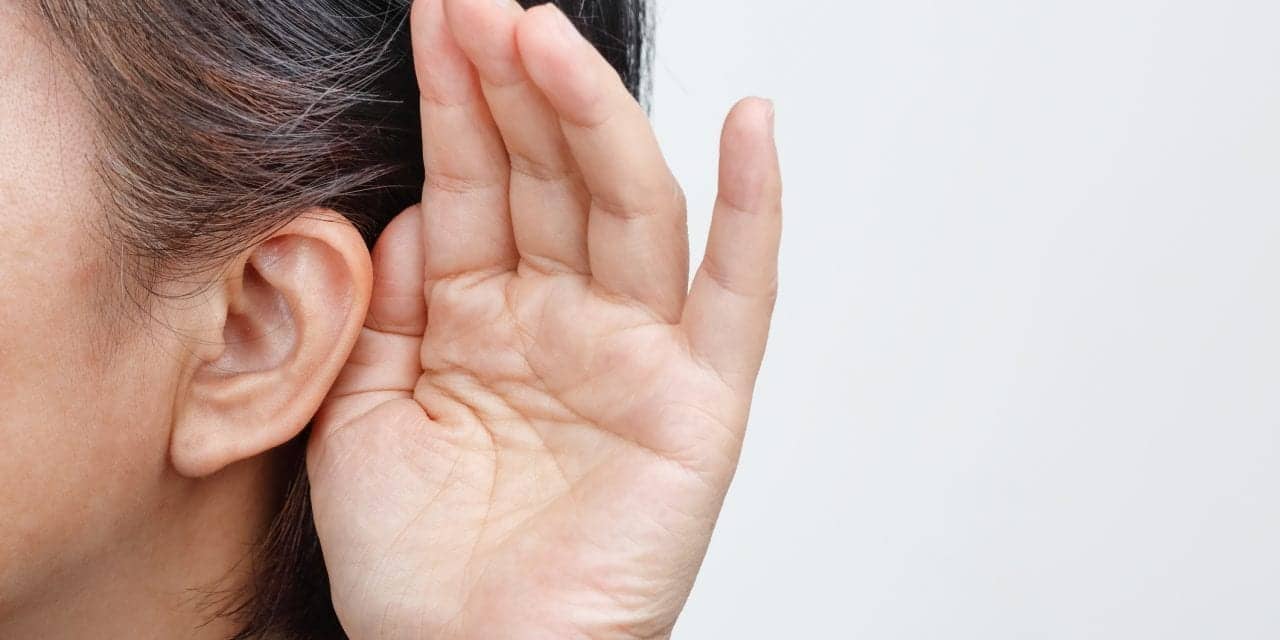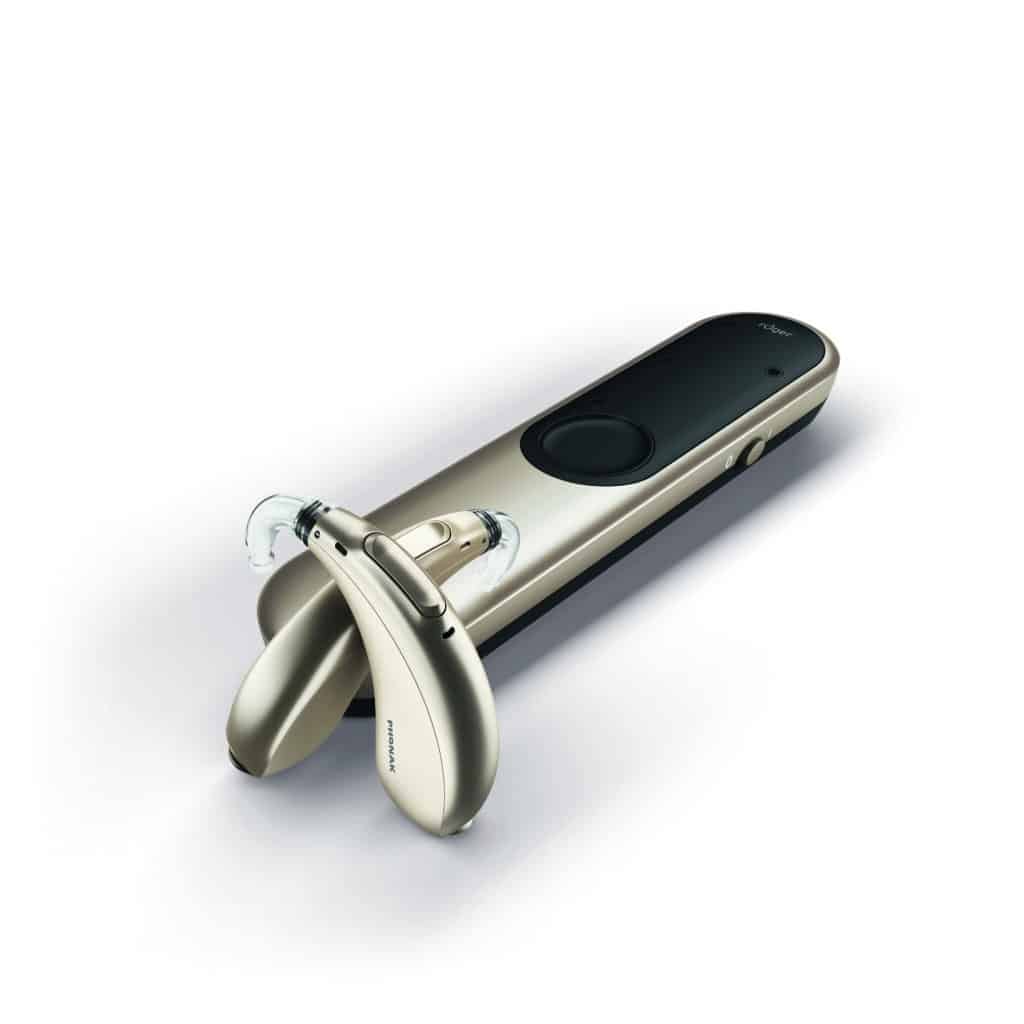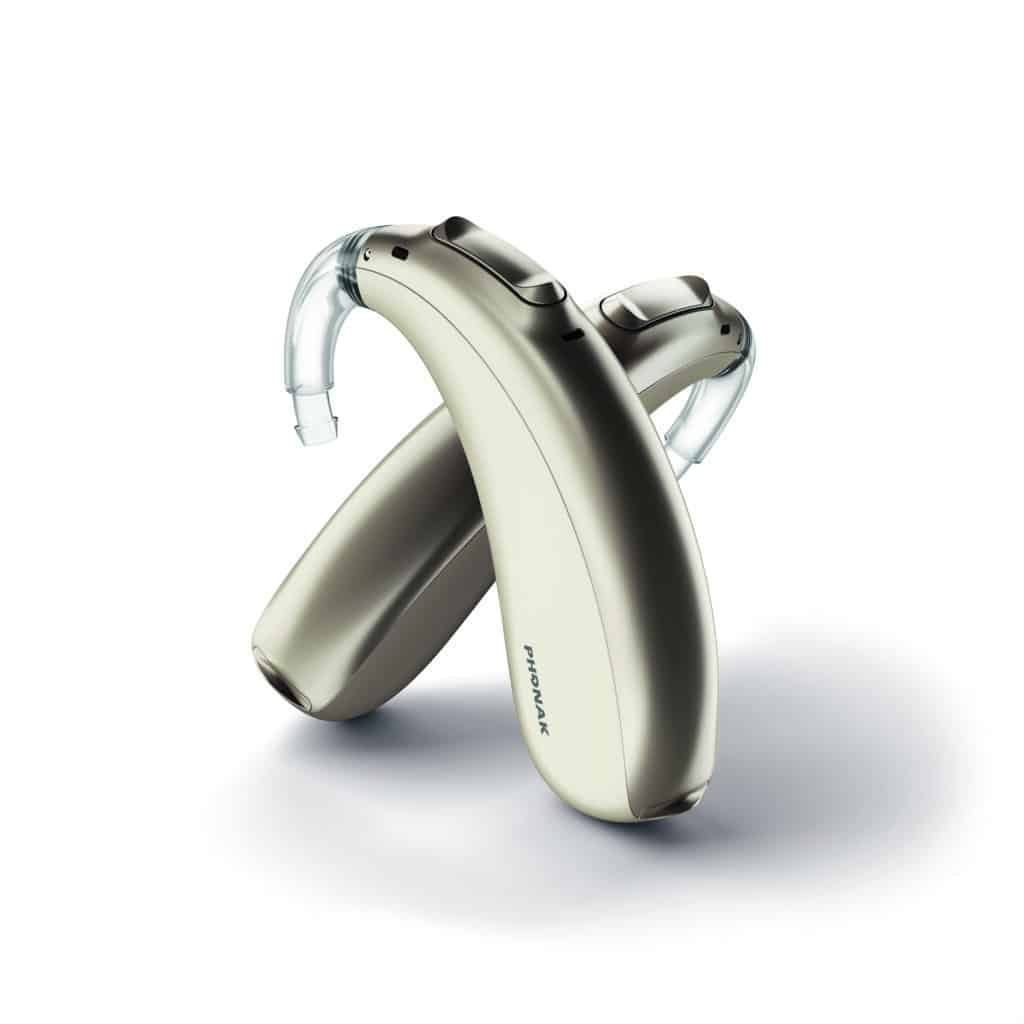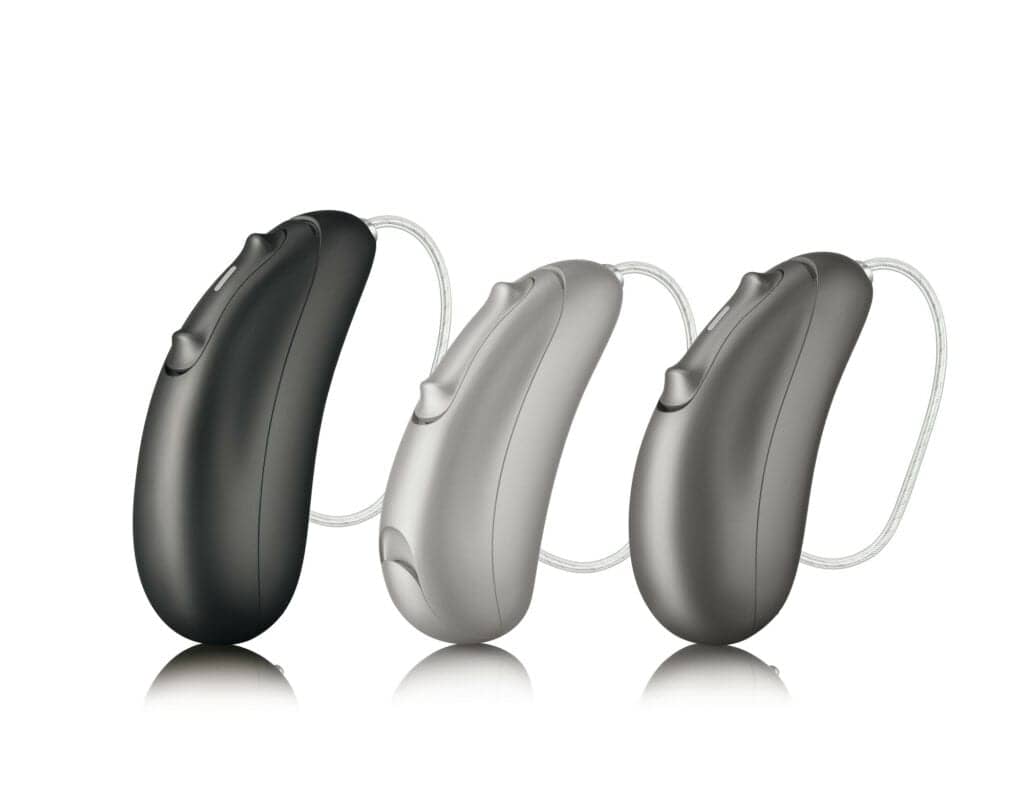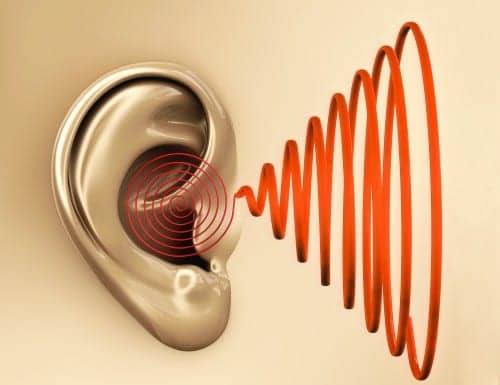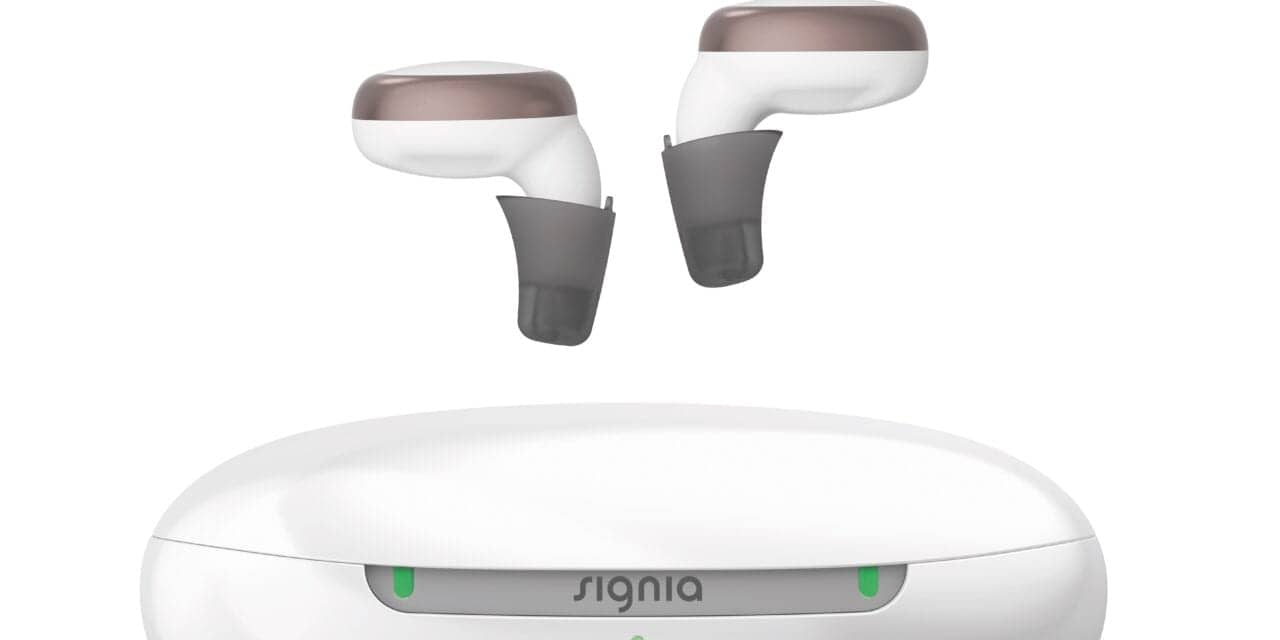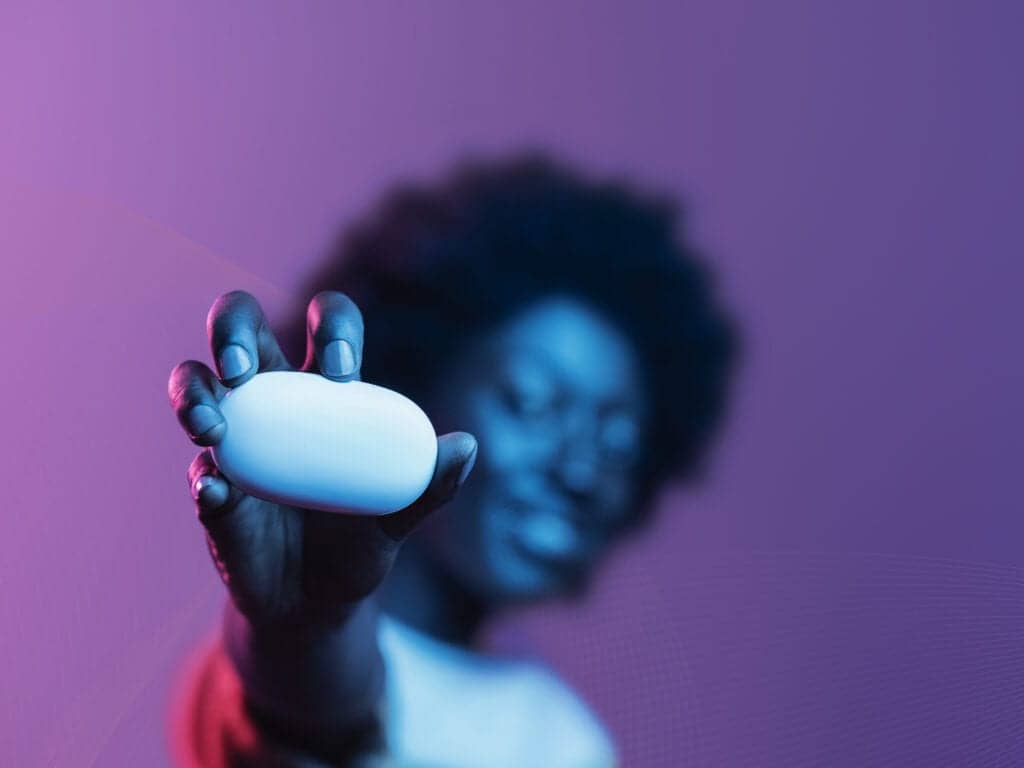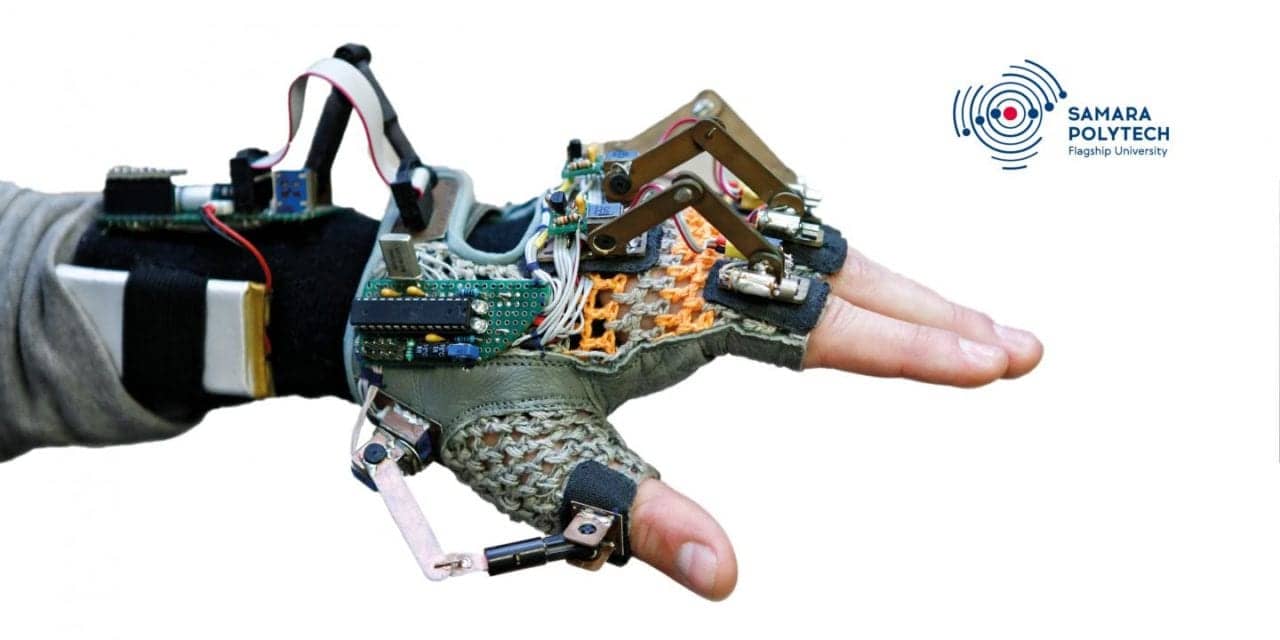40 Years of hearing aid Sound Processing

Tech Topic | June 2021 Hearing Review
By Claus Nielsen, MA, and Tobias Bollerup Henriksen
It’s easy to take for granted the exceptional sound quality offered in today’s hearing aids. However, the road to this level of sound quality was not always a smooth one. The authors cite quotes from hearing aid users through the decades and technologies to illustrate this point.
The life of a hearing aid user has changed quite a lot during the last 30 to 40 years. Generally, in many parts of the developed world, people live longer and healthier lives than they did two or three generations ago. Social norms and society have also changed—people are often expected to be accessible 24/7. Our increased understanding of hearing loss, listening problems, and cognitive processes has also increased and evolved in tandem with technological advances.1 The hearing aids available today (2021) do not compare to the hearing aids of the 1970s.
What has happened during the last 50 years and how have these changes been perceived by hearing aid users?
In May 2018, the General Data Protection Regulation (GDPR)2 was introduced in Denmark and the rest of the EU. This regulation is quite extensive and has presented companies with several challenges. Part of the GDPR deals with the “right to be forgotten.” This means we have to delete all personal information once the test subject has deceased or decided to withdraw from our test subject panel. At Eriksholm we started working with hearing-impaired test subjects in 1977. Part of our normal business protocol was (and remains) to document our work by keeping physical and electronic records on all test subjects. As such, this GDPR requirement would potentially mean that we could lose a gold mine of subjective anecdotes and quotes from test subjects going back for more than 40 years. It was decided to preserve the data by transcribing and anonymising it before the papers went into the shredder. Reading through the resultant transcript was exciting, and we decided to analyse the data and share the users’ experiences. The right to be forgotten became the inspiration to remembered.
This is the first of five papers presenting this material. We have split the papers into different themes. This article focuses on how sound processing in hearing aids has been perceived by the users. We also interviewed two hearing care professionals (HCPs) and a number of active test subjects to get their perspectives on hearing aids during the last decade.
The Sound of the Hearing Aid Described by the Users
The primary function of the hearing aid is to amplify sound. More specifically, the primary function is to amplify speech sounds in different environments to enable communication. Over the years, different amplification and sound processing algorithms have been used.
A central part of the clinical work at Eriksholm with test subjects has been focused on fulfilling the needs of the individual user and their perception of sound. When we examined our data and how the users described the sound of the hearing aids across more than 40 years, we wondered whether it would be possible to arrange quotes from the users on a timeline? Could these standalone quotes demonstrate the advances in hearing aid development?
The following historical comments are illustrative of the technological gains throughout the decades:
1980s: Analog Linear Era & Early ASP Era
“When someone is using a typewriter next to me, it sounds like firing a machine gun, etc, so it is quite strenuous to be using a hearing aid in that situation.” —circa 1980, female
1990s: Digitally Programmable Era
“I felt it was very annoying to have to adjust the devices all the time due to background noise, using the telephone, etc.” —1993, male, 36 years.
“When several people are talking to each other during the coffee break at work, I cannot hear what the person next to me is saying, especially if it is a man, because the voice drowns in the surrounding speech noise. A loud female voice at the table next to me often sounds significantly louder than the man sitting next to me.” —1996, male, 35 years
“Many joys are taken away from me, for example, at dinner parties. If I have to hear the conversation of those persons closest to me, I am simultaneously almost half stunned by the noise from other people’s knives and forks against the plates.” —1996, female, 59 years
2000s: Early (DSP) Digital Signal Processing Era
“It is of course pleasant that the vacuum cleaner noise is reduced, but it seems strange when I drive my car that the engine noise is reduced. I do not have the same sense of speed as before. If I have my wife in the car with me and she speaks to me after a period of silence whilst driving, she must always repeat the first thing she said.” —2002, male
“Noise seems much less annoying now—eg, I no longer foam around my mouth due to my screaming daughter when [she yells, saying she] needs the shower.” —2002, female, 36 years
“Example: The gas boiler makes noises in the background. When a cupboard door is slammed, the gas boiler noise disappears for a short period of time before it reappears.” —2003, male, 76 years.
“I have a reoccurring experience in [highway] driving. With the hearing aid in Program 1, I get a strong reaction when the turn signal is activated and the acoustic signal from the relay is heard, then the noise level in the car rises remarkably. Other situations with unwanted noise levels could be when I, or others, say something. The noise is so loud that speech intelligibility does not improve. It takes some time before the noise level normalises and speech is heard.” — 2003, male, 74 years
“It’s wonderful that the devices automatically turn up and down in noisy environments, and even though there is background noise, I can mostly concentrate on talking to someone.” —2004, female, 69 years.
“The Epoq [hearing aid] also has too much compression, it turns down the volume too much in the event of sudden sounds. During simultaneous conversation, some of the understanding is lost. Still, Epoq is better than no hearing aid.” — 2007, male
2010s: Later-generation DSP & Wireless Era
“As mentioned, I have not experienced any automatic adjustments to mute or amplify the sound in the device.” — 2010, male, 77 years
“It’s incredible how quickly I forget how bad I hear without my hearing aids. If I do not think the hearing aids help, I simply take them out and get shocked when I realise how little I hear without them.” — 2014, female, 68 years
2020s: Wireless & Artificial Intelligence Era
“So, if you can talk about such a thing as educating or ‘bringing up’ a hearing aid, then the new hearing aid here is super intelligent and it is really ‘well brought up.’ With its behaviour it constantly ensures the sound is comfortable. And it goes so far that when we get to the extremes, that is, for example a chainsaw, if you are riding your bicycle, and then all of a sudden, there is someone standing with a chainsaw inside the garden, then it is not like you think ‘What is happening here?’ No, then you just think that there is someone standing with a chainsaw inside the garden.” —2021, male, 66 years
Steady Dramatic Progress in Sound Processing
These quotes demonstrate that the perception of the sound of the hearing aid has changed dramatically during the years.
The first quotes relate to the level of the sound either being too low or too high. These were the days of analog linear hearing aids with volume controls. Quotes from around 2002 change in character. The descriptions become more detailed and the users notice strange sound processing. One of the first changes to the sound processing was the introduction of compression (eg, wide dynamic range compression was introduced as early as 1991). The next advance in signal processing was the distinction between speech or no speech in the incoming signal. By 2001, the amplification became dependent on whether speech was present or not introduced. The problem was that the algorithms were not stable or precise enough, and sometimes the resulting amplification was perceived as strange or wrong by the users.
In 2004, a test subject took part in a research project. As part of the project the man was interviewed about his experiences with the hearing aid. “Did you notice any changes to the sound using the hearing aid?” The man answered: “What do you mean? I’m not supposed to hear my hearing aid, am I? I guess the idea is that I should hear my surroundings.”
With this, we had reached a tipping point! The most annoying artefacts almost completely disappeared. The methods used in the signal processing slowly became more robust resulting in less noticeable sound processing.
The signal processing became increasingly advanced and, at Oticon, research within the field of cognition led to the concept of BrainHearing. BrainHearing can be described in many ways, but is essentially about considering the complete auditory pathway, and providing the brain with all the acoustic information required such that the brain can make maximal use of (ie, decode) the auditory information. The idea of limiting the sound by prioritising sound coming from the front while attenuating sounds from other directions was abandoned with the introduction of Oticon Opn in 2016.
In the last quote the test subject is talking about “bringing up” or “educating” the hearing aid. This is in fact a very interesting quote. This man is fitted with Oticon More. In this hearing aid, the sound from the hearing aid’s microphones is continuously analysed to estimate how complex the sound image is and then compared with the user’s listening needs. The listening need is determined by, for example, the user’s hearing loss and age, as well as individual preference. The aim of the analysis is to present the user with as clear a sound as possible (for details, see white paper by Santurette and Behrens, 20203). Clarity is achieved by making use of artificial intelligence. In the development of the hearing aid, a neural network has been trained with millions of different sounds and sound scenes.

